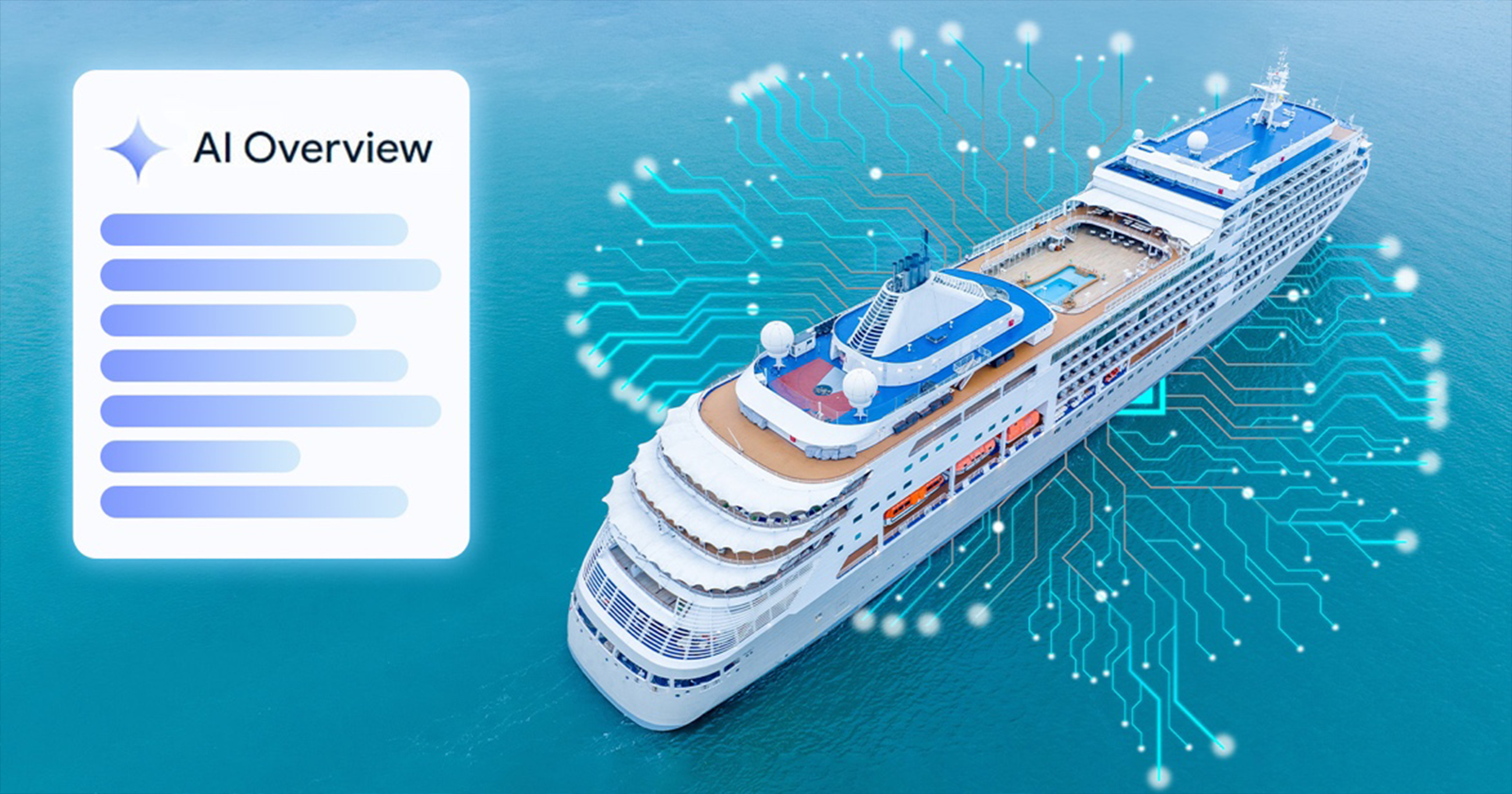Search Engine Optimization in the AI Age
In the rapidly evolving world of search engine optimization (SEO), the advent of AI-driven search engines like Google’s AI Mode and tools such as ChatGPT, Perplexity, and Gemini are changing the dynamics of how content is surfaced to users. For years, SEO strategies relied heavily on the classic funnel model – targeting users from awareness (top-of-funnel), through consideration (middle-of-funnel), to conversion (bottom-of-funnel). However, this traditional model is being challenged as AI overviews are proving that search behavior is far less linear than previously assumed.
The Challenge of the Traditional Funnel
The traditional funnel model assumed a straightforward user journey, but AI overviews, as seen in Google’s new AI-driven features, are highlighting how search behavior is far more complex. Users no longer follow a neat path; they leap between devices, channels, and queries, often making decisions in real-time. This has profound implications for how SEO should be approached.
AI Overviews: A New Perspective
AI Overviews integrate multiple intent layers within a single response, blending informational, commercial, and navigational queries. For instance, a search for “Mediterranean cruise” might pull in details about the best time to go (informational), booking information (commercial), and cruise line comparisons (navigational). These overviews offer a comprehensive answer, resembling a digital concierge more than a traditional search engine.
Case Study: Cruise-Related Searches
Recent studies, using data sources like SEMrush and Google, have demonstrated these changing dynamics. An analysis of 200 cruise-related informational queries revealed that 88% triggered AI Overviews. More than half of these AI-driven responses didn’t just answer the initial query. They combined additional layers of intent, like brand suggestions and booking options, seamlessly within their delivery.
This approach challenges the assumption that each user query targets a single point in the funnel. Instead, AI anticipates additional information the user may need, blending top-of-funnel questions with actionable, lower-funnel guidance.
SEO Strategies in an AI World
With AI blending different types of user intent, traditional SEO approaches must evolve:
- Holistic Content Structures: It’s no longer sufficient to focus on high-volume keywords. Content must address multiple intent layers to remain visible.
- AI Engagement: SEO teams should analyze how AI handles their key queries. Are competitor insights being pulled in?
- Focus Beyond Volume: While long-tail queries might attract less traffic, they often align accurately with AI responses. This can maximize visibility if content is structured with user-friendly formats, clear headings, and concise language.
The Future is Hybrid Intent Optimization
Though the foundational principles of technical and on-page SEO remain relevant, content strategies must adapt to reflect blended user behavior. Brands that create content bridging traditional SEM principles with these new user dynamics will maintain important visibility across the funnel.
For businesses aiming to stay competitive in this shifting landscape, adapting to these changes is essential. By transitioning to strategies that mirror actual, user-driven search behavior, companies can maintain a strong presence in the evolving digital terrain.
Stay ahead of the curve with insights and strategies from martechtrend.com, and explore ways to optimize your SEO for the new AI search environment.












Leave a Reply